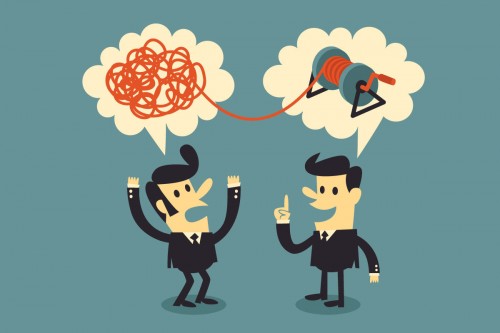Why does Value Driven Transformation form the biggest challenge for Utilities in Belgium over the next few years? Because every party involved is facing a transformation, spurred by the enormous changes the market is about to face.
Value Driven Transformation in Belgian Utilities: The entire value chain put to the test
By Pieter Jaeken on 10 December 2015
Bridging the gap between strategy and execution with Value Driven Transformation
By Stefaan Bergmans on 01 December 2015
Having a solid, clear strategy is vital if you want to keep your business armed for the future. But having a strategy is just the first step, because it won’t lead anywhere if it’s not supported or properly executed by the people in your organization. That’s where Value Driven Transformation comes in.
But do you love it?
By Roman Verraest on 19 February 2015
“How do you feel about that?” It’s a question associated more with clients staring at their psychotherapist’s office ceiling than with enterprise platforms, mobile applications and their customers. Not surprisingly so; applications are often seen as embodiments of reason and logic. Their performance has objective targets and their functionalities have thoroughly analysed and well-documented requirements.
Why not add some 'WHY' to your decision documents?
By Wim Van Emelen on 12 February 2015
Do you recognize the following situation? You are involved in a project and, based on a slide deck or analysis document, you need to decide on the way to go. After reading the content, you don’t feel like you’ve fully grasped it and you don’t feel comfortable at all to take a decision. In this article, I’d like to share 3 practical tips to increase the value of any change/requirements document, enabling faster and more confident decision taking for stakeholders.
Integration : Dr. Jekyll and Mr. Hyde
By Bart Orbie on 25 September 2014
In the last 5 years of my career as an enterprise architect, whenever the word "integration" came up, discussions started about the choice of an ESB (Enterprise Service Bus), SOA (Service Oriented Architecture), FTP or web services, SOAP or REST, XML or JSON, etc.
In short, when involved in discussions about "integration", one most likely finds himself drowning in a multitude of technical acronyms and technological standards.
I compare the technological side of integration to the "Dr. Jekyll" personality : it is the side well-known to everyone, stable, under control and increasingly complying to uniform standards.







